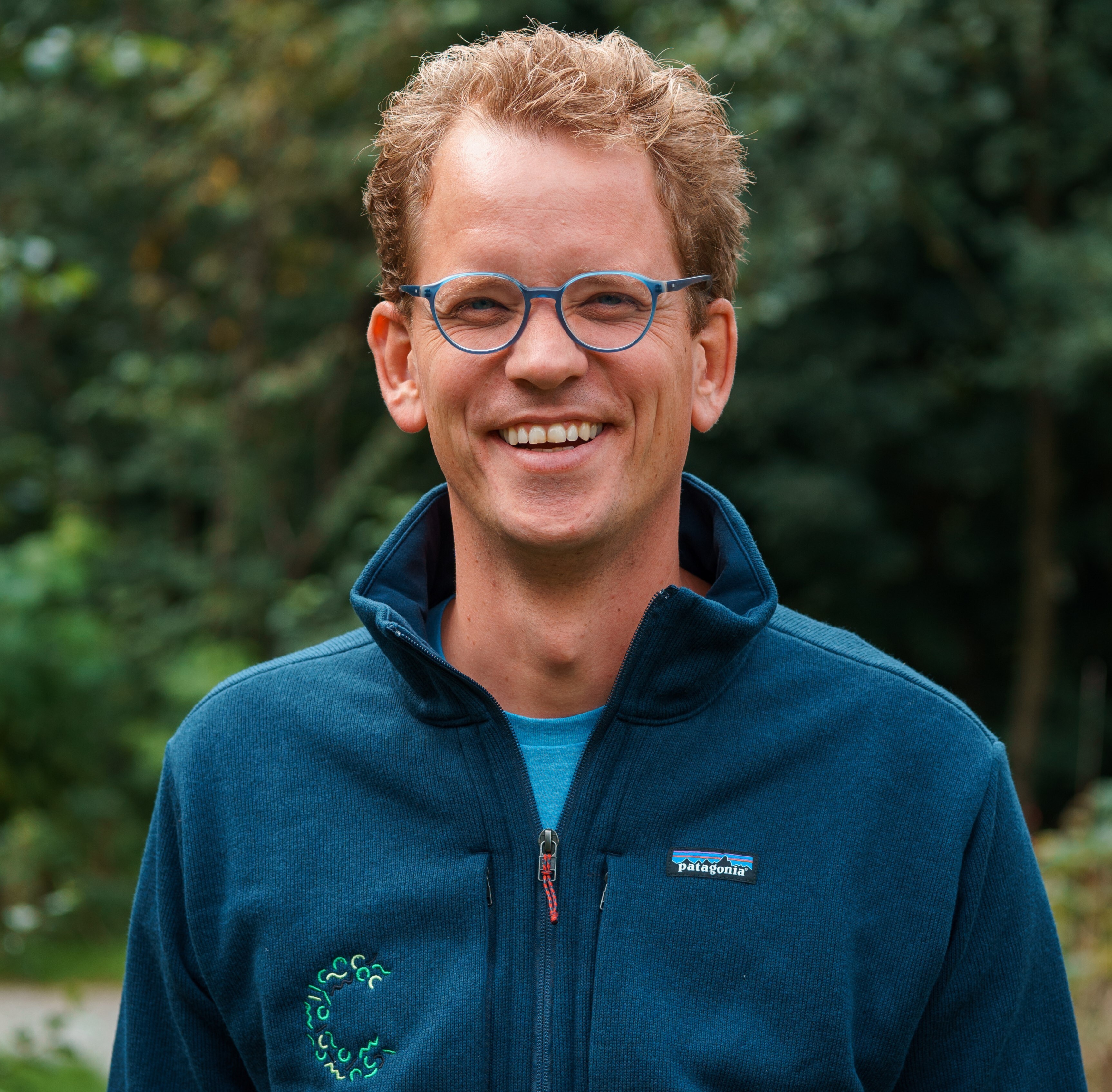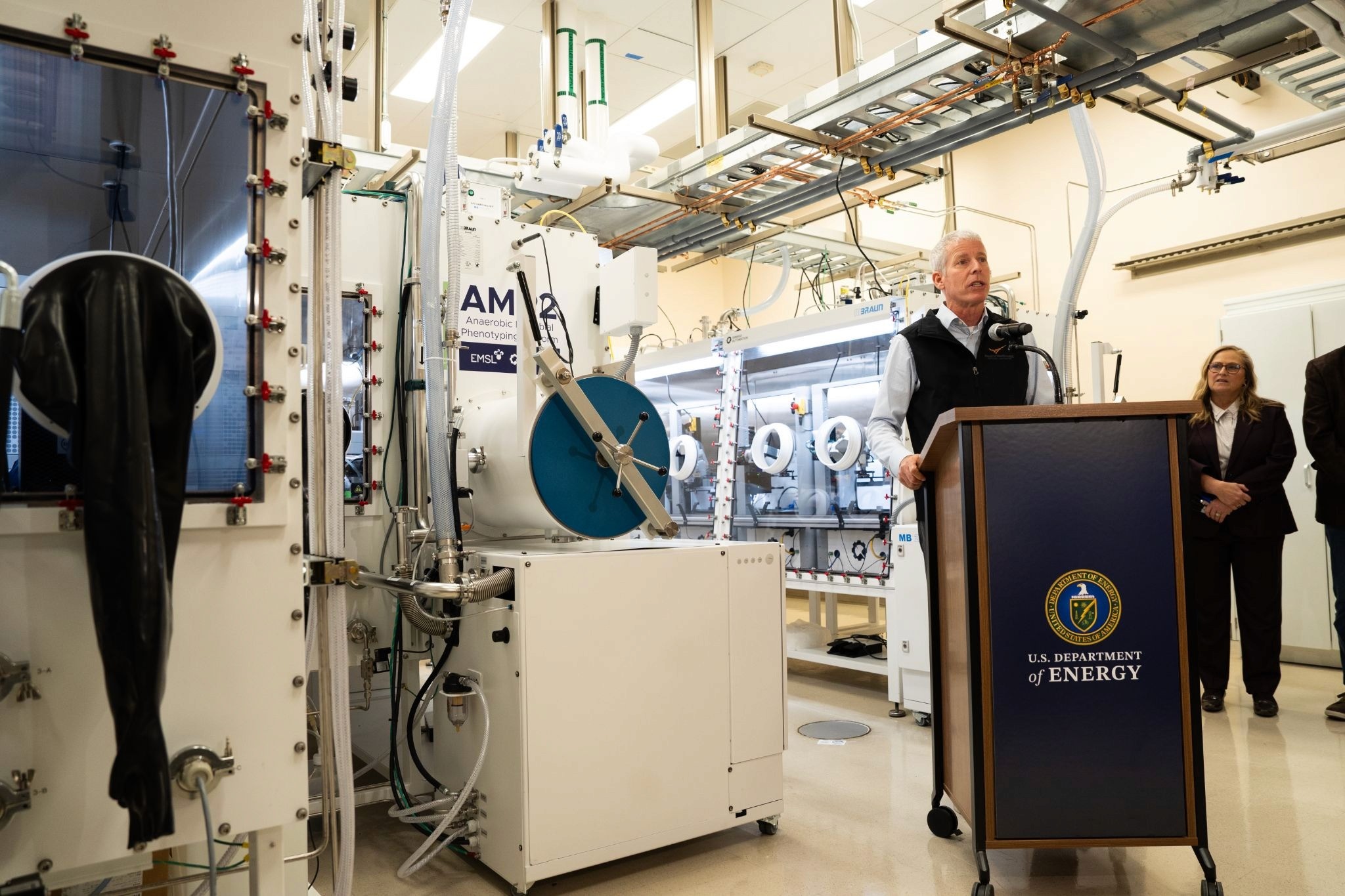Are American Pharmas Falling Behind on AI?
Even as large language models, such as ChatGPT, augment our daily lives, another kind of revolution is taking place across human health
Oct 26, 2023
AI Image Created Using DALL-E 3
AI is all the rage. Even starting an article with the sentence “AI is all the rage” has become its own kind of cliche. But beneath the hype are critical, underpinning technologies that could usher in the next generation of therapeutics and bring more effective solutions to patients more quickly. Even as large language models (LLMs) such as ChatGPT augment our daily lives, another kind of revolution is taking place across human health.
I sat down with Stef van Grieken, co-founder and CEO of Cradle, a company that has been leading machine learning in human health long before LLMs were part of the cultural zeitgeist. The generosity of his insights astounded me, from the current most significant challenges in AI and ML, hallucinating algorithms, and the surprising revelation that European big pharmas are edging out American ones on AI.
Fiona Mischel: What is the promise of machine learning—and AI more broadly—for human health?

Stef van Grieken: “Machine learning is able to accelerate many parts of the drug development process, from early research to clinical validation. Ultimately, these techniques are tools that can either speed up the process, reduce cost, or lead to better, more efficacious, safer, and easier-to-manufacture drugs going into the clinic.
I’m excited about many companies that apply machine learning to human health, ranging from products like Causaly, helping scientists better understand their disease targets by getting accurate summaries of literature and data, Opentrons making it easier to program a protocol in your lab, understanding cell behavior with Spring, selecting reagents with BenchSci, or discovering and designing protein-based therapeutics with our company Cradle.”
FM: Where are we today in achieving such significant improvements in therapeutics with AI? What roadblocks are we facing?
SvG: “We are still in the early stages of applying these techniques to drug development. We recently saw the first machine learning-generated small molecule drug entering clinical trials, but the jury is still out. We are still discovering in what areas machine learning can have the most impact.
There are several issues that cut across the different application areas, though. The first is the lack of high-quality and volume of data needed to train and validate models. [This could be] experimental data on therapeutic proteins, clinical trial protocols, and results, or high-quality academic literature. Most of these datasets are locked up inside companies or publishers and cannot be used to develop better models.”
“The second is making these models more easily available as tools to scientists doing the actual work. For example, a model like AlphaFold is an incredible achievement, but it’s only when a good tool is built from it that scientists start using it.
At Cradle, this shows up in the availability of industry-relevant experimental data for therapeutic proteins. For example, in the lead optimization stage of an antibody, it’s essential to consider the efficacy and safety profile of your target drug. In order to characterize and optimize them, you need large amounts of binding affinity, specificity, stability, expression, and other data across multiple rounds of optimization.
We are currently collecting this data ourselves and working with multiple partners, which we are able to do as a venture-backed company. If we want the larger machine learning research community to build better models, we need to start developing some ‘foundational datasets’ for relevant targets and experimental properties.”
FM: In our earlier conversation, you mentioned that the big European pharmas had embraced AI in their pipelines much more readily than American pharmas. Why do you think this has been the case?
SvG: “It's a bit early to tell who are going to emerge as the winners. Historically, European companies have been well represented in global pharma, with clusters in Switzerland, France, the Nordics, and the United Kingdom. I typically see American companies leading the charge on technology adoption, but surprisingly, this is an area where European companies seem to be ahead of the curve.
CB Insights recently published their AI readiness index ranking of top-tier pharma companies looking at talent, innovation, and execution, where we saw an overrepresentation of European pharma companies in the top 10. Additional evidence is coming from the University of Basel, which recently looked at the number of publications from commercial research & development departments where AI drug development techniques were used.
Finally, we are also seeing several great examples of AI-first full-stack therapeutics companies being very successful in Europe, such as BenevolentAI, LabGenius, and Exscientia. A lot of amazing innovation is happening in the United States as well, of course, but for once Europe isn’t miles behind.”
FM: Can you point to any examples that highlight this trend?
SvG: “A good example of this is Sanofi in France, which recently announced they are going to be an ‘AI-first’ pharmaceutical company. They are implementing AI across the research, development, clinical trial, and delivery of care disciplines in the company.”
FM: Are American pharmas catching up now? If not, what do you think they should be doing?
SvG: “I would never bet against American companies, but they also need to put AI front and center of their businesses.”
FM: Are there things we should be concerned about in terms of AI in drug discovery, such as biosafety or biosecurity?
SvG: “Luckily, the pharma industry and regulators have already put a lot of effort into making sure researchers can safely conduct experiments, as well as requiring any company to do proper clinical validation of drugs before they enter the market.
However, with ever more scientists using machine learning in their day-to-day practices, we are introducing new types of risks that are associated with the limitations of the technology. Especially when applying generative machine learning, there is the risk of models not being truthful and not being trusted: in certain instances, we call these, hallucinations.
By now, we have probably all seen examples of ChatGPT giving a completely false answer to a question, and we want to make sure this doesn't show up when the stakes are higher in areas such as drug discovery. For example, if you were to ask a chatbot to summarize a set of academic literature, drawing the wrong conclusions from the papers would be very problematic and lead a team down the wrong path. Or when you generate protein sequences with certain desired properties, hallucinations may lead to many expensive lab experiments failing.
The second problem that is specific to science is the ability of models to explain their conclusions. Similarly to math tests, the actual answer is less important than how you got to the answer. Many of these generative models cannot introspect very well, with an inability to explain how they got to a certain conclusion by citing papers or data. At Cradle, we have done a lot of work to quantify the uncertainty our models have when they generate a protein sequence with improved properties, so scientists still have control over what they want to try in the lab or not.”
FM: Are you seeing other trends in the human health space that you think are exciting or that make you cautious?
SvG: “I’m part of a wave of ‘tech people’ that are moving into biotech. We’ve recently seen a surge in talent from companies such as Google, Uber, and Facebook that move into human health because they find the work a lot more rewarding. While biology is a complicated domain, so is building software tools and machine learning. I’m excited to see ever more teams that bring together some of the best people across these industries. This is really where the magic happens.”










